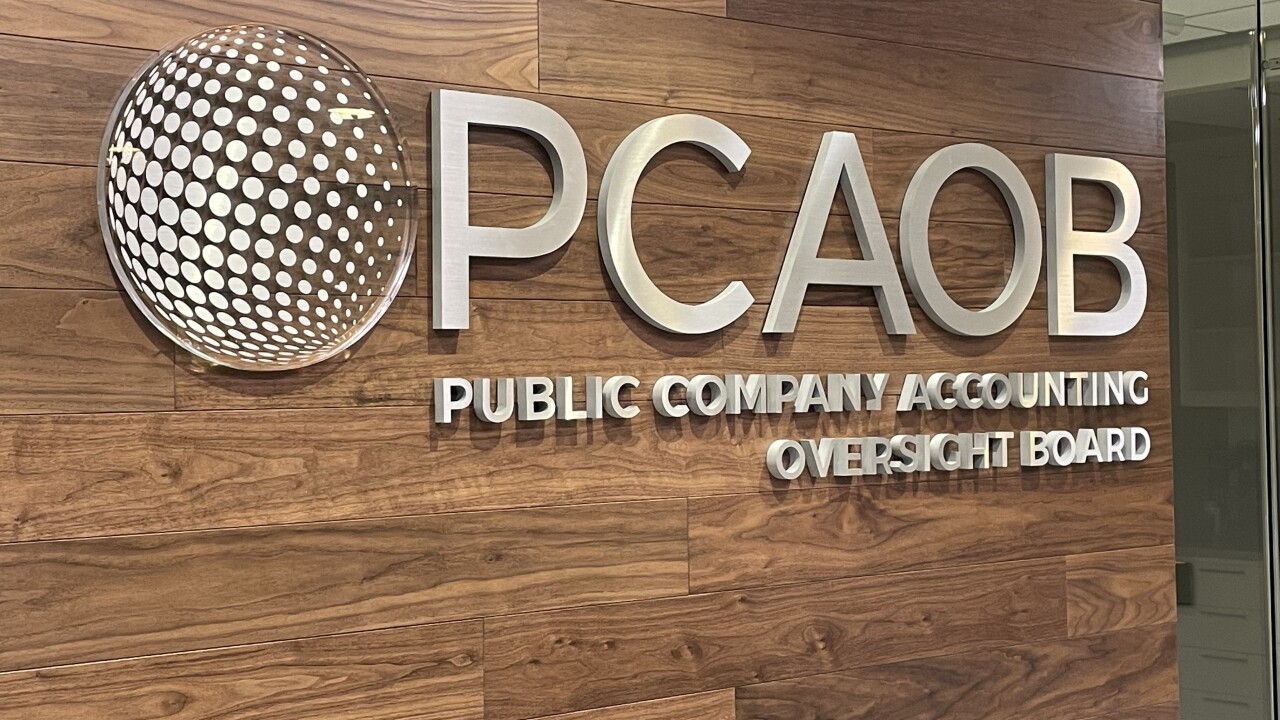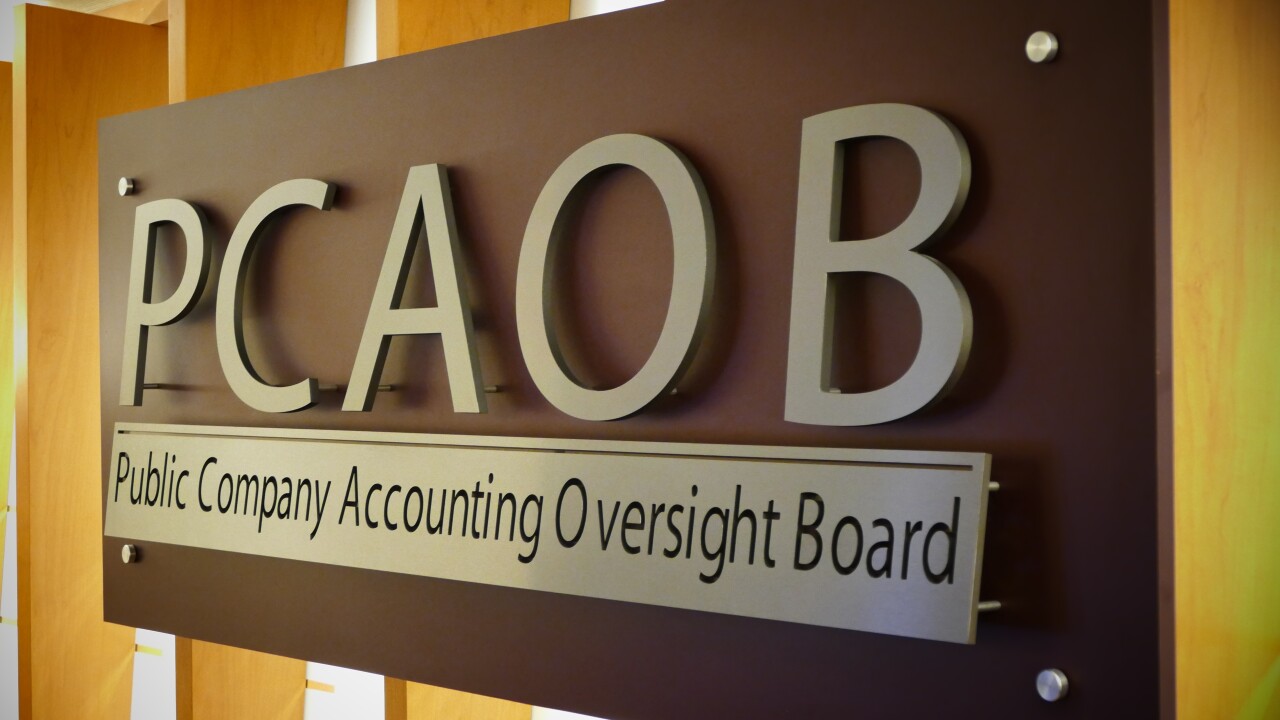Lennon and McCartney held our hands. The Wright Brothers gave us wings. Astaire and Rogers taught us to dance. The secret to a successful partnership comes down to trust and a proven process, and that's true for CPAs who partner with financial advisors.
To truly optimize clients' financial lives, advisors and CPAs must come together. By adding an elite wealth management practice, CPAs can see an increase in bottom-line revenue. But how can you make it happen? The key ingredients in this successful partnership are like those in a good marriage — recognizing what each party brings to the table and that everyone is pulling their weight.
Accountants are always involved
A lot of industry pundits like to talk about "sitting on the same side of the table" as the client. When it comes to a great CPA-advisor partnership, I prefer to imagine the client at the center of the table flanked by their trusted financial experts, both the CPA and the advisor. For CPAs and advisors, delivering exceptional value to the client is the top priority. If everyone involved in the partnership is focused on making a client's financial life more successful, everything else begins to sort itself out from there.
Financial advisors should realize they are a "guest in the home" of the CPA who owns the client relationship and brought that person to their new elite wealth management practice. Respect for clients and any existing relationships is paramount to success. During the discovery process with clients, financial advisors uncover considerable value for their clients, which is sometimes left behind by other partners. By offering a coordinated approach to reaching client goals, CPAs and advisors can find solutions and strategies that ensure long-term success for both their clients and their partnership.
There are five different models for how advisors and CPAs can work together: in-house; buy; build and then add; co-source and outsource. Regardless of the model CPAs and advisors select for their partnership, the accountant always needs to stay involved with the clients. After all, the first source of clients for the wealth management practice is usually their current accounting firm clients. So, to ensure a fruitful partnership for all parties, the wealth management portion has to be integrated into the way the accounting firm works with its clients.
Alignment on goal review
All good partnerships have open, honest communication and shared goals. Success aligns goals with CPAs actively contributing toward building up the elite wealth management practice and partners executing on strategies and solutions.
One method to ensure all parties are being held to task is alignment on goal reviews and check-ins that hold both parties accountable to each other. This formalizes the process and sets in place a mechanism for accountability.
Pick the business model that engenders respect
In many scenarios, the co-source model is the most successful because of the ease of integration and limited liability to the CPA firm. Instead of taking accountants and advisors away from their core business, the co-source model enhances what they do today, increases the revenue generated per client, and supports the firm's growth.
When it comes to selecting the right business model, pay close attention to avoid losing the culture of the firm.
Situations arise where advisors can contribute specific advice and counsel that a CPA cannot. But the reverse is also true, and everyone needs to understand that while staying in their lane. A mutually beneficial relationship requires respect.
Paul McCartney famously said of his partnership with John Lennon, "I had some stuff that he didn't have, and he had some stuff I didn't have." Whether you're Lennon-McCartney or CPA-financial advisor, building a successful partnership requires humility and self-awareness. Success requires commitment. A great partnership begins by finding a partner where you can work together for the greater good of your clients. Revenue, growth and synergy await.





